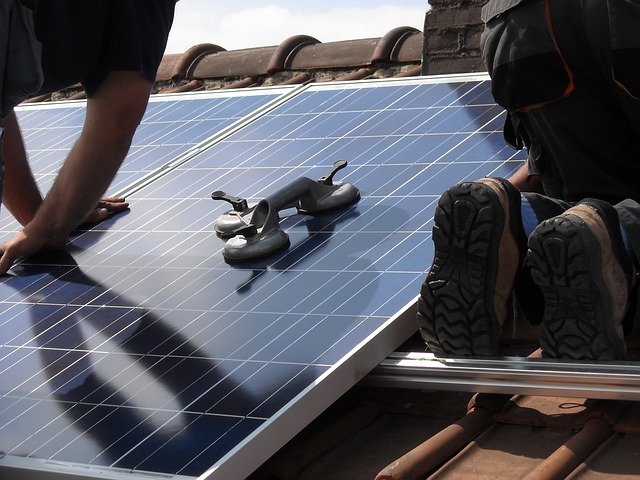
By Ronald Bailey | Reason
In its annual World Energy Outlook report, the International Energy Agency (IEA) finds that, due to steeply declining costs, solar photovoltaic (PV) electric power generation “is consistently cheaper than new coal- or gas-fired power plants in most countries, and solar projects now offer some of the lowest-cost electricity ever seen.” Taking into account the declared energy policies of various countries, the IEA projects that renewables will meet 80 percent of the growth in global electricity demand to 2030. This makes solar “the new king of electricity.”
According to the IEA report, new utility-scale solar projects now cost $30 to $60 per megawatt-hour (MWh) in Europe and the U.S. and just $20 to $40 per MWh in China and India, where “revenue support mechanisms” such as guaranteed prices are in place (we’ll get to the issue of the guaranteed prices shortly). This analysis accords with the new levelized cost of energy reportfrom the Lazard financial consultancy that finds that electricity from unsubsidized utility-scale solar PV costs between $29 and $42 per MWh. The levelized cost of energy analysis takes into account the capital costs, fuel costs, operations and maintenance costs, debt and equity costs, and plant utilization rates for each type of electric power generation.
“It was inevitable that solar would become the cheapest electricity source because sunshine is free, predictable, and never runs out. Now that solar is the cheapest, it is likely to occupy that spot forever until a scientific breakthrough discovers another cheap and reliable source.”
Court Rich, Rose Law Group Co-Founder





